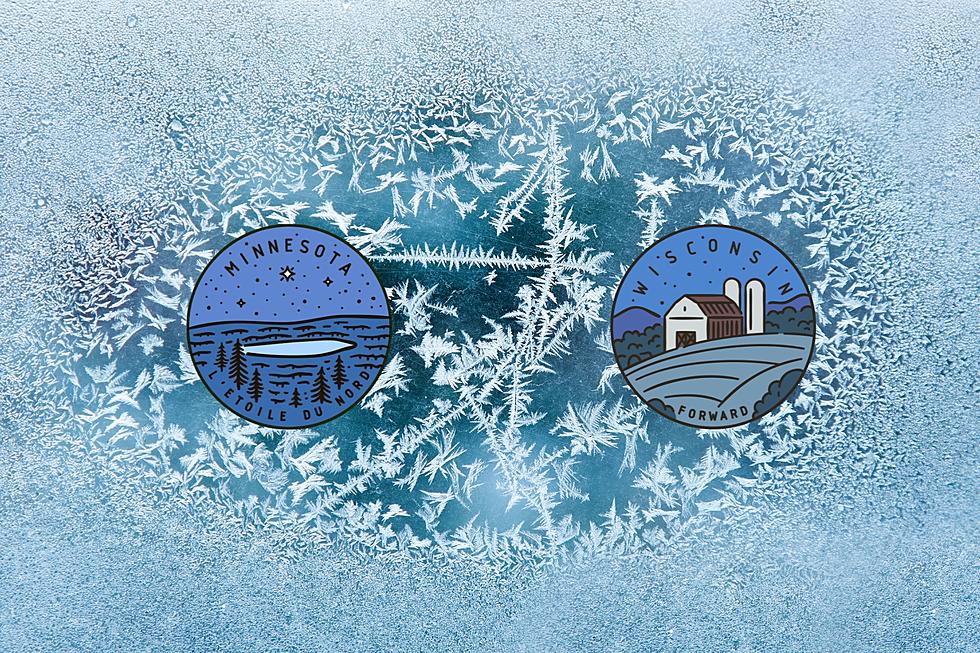
Old Farmer’s Almanac Says Minnesota & Wisconsin to Be ‘Frosty’
I was super pumped when I saw the Old Farmer's Almanac fall prediction for Minnesota. We have a bunch of football parties over the next couple of months which basically involve a grill in the driveway, a TV in the garage, and kids running wild in the yard. These get-togethers are a whole lot more fun when the weather is nice and according to the Old Farmer's Almanac, it should be warm well into fall.

The Almanac has been making weather predictions since 1792 and claims to be right 80% of the time which is pretty incredible when you think about how far out they forecast. Now, winter doesn't officially start until December 21st, but the Old Farmer's Almanac already thinks they know how bad it's going to be in our region. Check out their guess for the winter of 2023-2024 below.
The Old Farmer's Almanac releases a prediction for each part of the country
Winter will be colder than normal.
Most of Minnesota (everything from I-90 Up) and the top half of Wisconsin fall into the section labeled "Upper Midwest." The part of Minnesota from I-90 south, all of Iowa, and the SW corner of Wisconsin fall into the "Heartland." Below you'll see the long-term forecast for both regions.
What To Expect In Southern Minnesota, Iowa, and Southwestern Wisconsin This Winter:
The Old Farmer's Almanac says people living in this region can expect a white Christmas this year. The extended forecast calls for slightly above-average snowfall with the heaviest periods of snow being in late December and mid-January.
Ask Santa for a heated blanket because the Almanac says temps will be colder than average for most of winter across this area.
The Winter Forecast for Most of Minnesota and the Northern Half of Wisconsin:
This is technically a different region in the Almanac but the winter forecast looks a lot like the one above.
Snowfall is expected to be above average and temps are expected to be below average in this region.
The Old Farmer's Almanac says most of the winter will be cold, "The coldest periods fall in mid-to-late November, most of December, early and late January, and early February."
